Author: Steve Thanos
A common trope among beer brewers is that it’s crucial to pitch an adequate amount of yeast into wort in order to avoid off-flavors and ensure a quality batch. So important is yeast pitch rate, that myriad calculators exist to help brewers determine the precise number of cells that should be pitched based on wort constitution. Curiously, when it comes to cider making, the information regarding yeast pitch rate appears to be lacking in comparison.
According to White Labs, “inoculation rates correlate with how fast the fermentations take place,” and they further recommend opting for a lower pitch rate as a way of preserving fruit aroma. To note, there’s no mention of off-flavors associated with underpitching, in fact some believe it leads to a higher quality end product, the only downside being a slightly longer fermentation. Then again, there are some anecdotal claims that underpitching may lead to increased levels of diacetyl, acetaldehyde, and lower attenuation.
I enjoy brewing the occasional cider as a refreshing alternative to beer, and while I’ve had success pitching single pouches of yeast, I couldn’t help but wonder how pitch rate impacts the ultimate character of hard cider. With some fresh yeast on-hand, I designed an xBmt to see for myself!
| PURPOSE |
To evaluate the differences between a hard cider that was underpitched and one that received twice as much yeast.
| METHODS |
Given the success I’ve had in the past, I went with a simple cider made with store-bought apple juice.
Over/Under
5 gallons/19 liters store-bought apple juice
½ tsp yeast nutrient
1 Campden tablet
2 cans apple juice concentrate
I started off by heading to Costco and purchasing 10 gallons/38 liters of their “signature” apple juice.
About 24 hours before making these ciders, I prepared a 1.5 liter starter using Proper Starter and 2 pouches of Imperial Yeast B64 Napoleon that were over 2 months old. According to the Brewfather yeast pitch rate calculator, this would result in a total of 290 billion cells.
The next day, I poured 5 gallons/19 liters of apple juice into separate sanitized fermenters, adding yeast nutrient to each, then used leftover juice to take a hydrometer measurement showing it was at 1.050 OG.
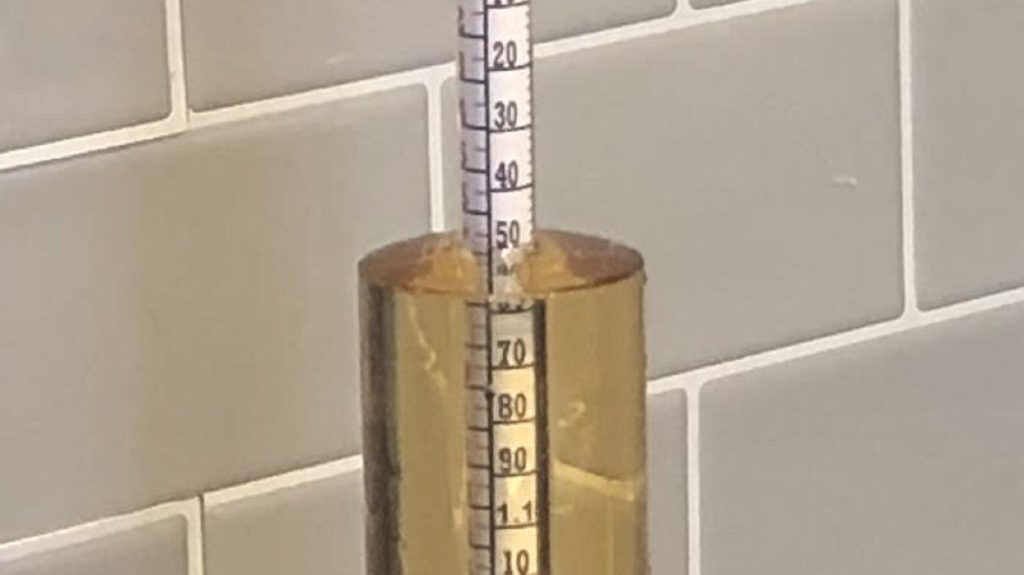
At this point, I pitched 0.5 liters of yeast starter into one batch of juice, which amounted to an estimated 97 billion cells, while the other was pitched with 1 liter of yeast starter, for an estimated 194 billion cells; given the juice volume and OG, the target pitch according to Brewfather was 176 billion cells. When checking on the ciders the following day, I noticed slightly less airlock bubbling in the underpitched batch. With fermentation activity absent in both after 2 weeks, I took hydrometer measurements showing both finished at the same 1.014 FG.
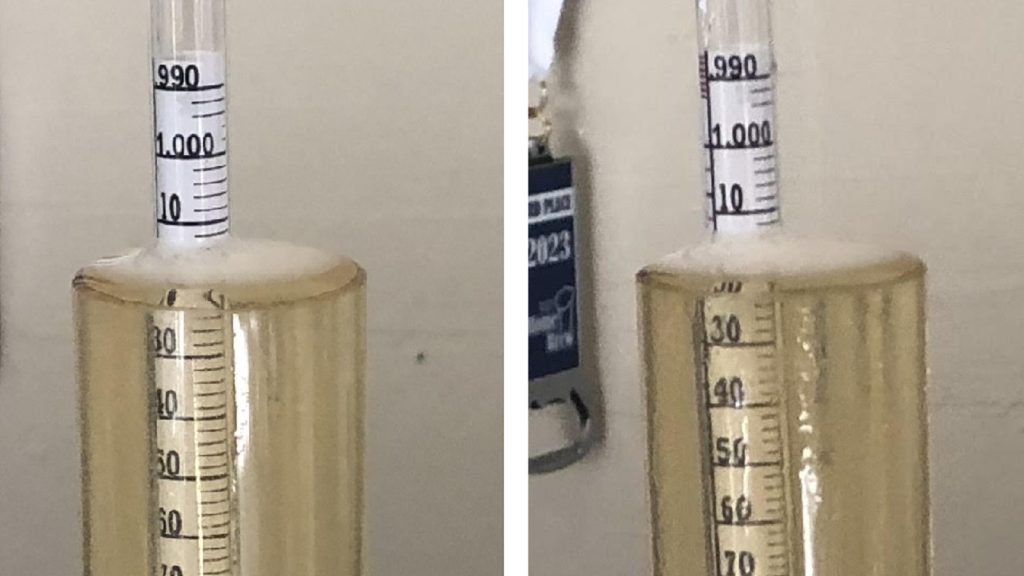
In preparation for packaging, I added a Campden tablet to each cider to prepare for backsweetening.
The following day, I transferred the ciders to separate kegs along with 2 cans of apple juice concentrate each.
The kegs were placed in my kegerator and burst carbonated overnight before the gas was reduced to serving pressure. The ciders were allowed to condition for another week before they were ready for evaluation.
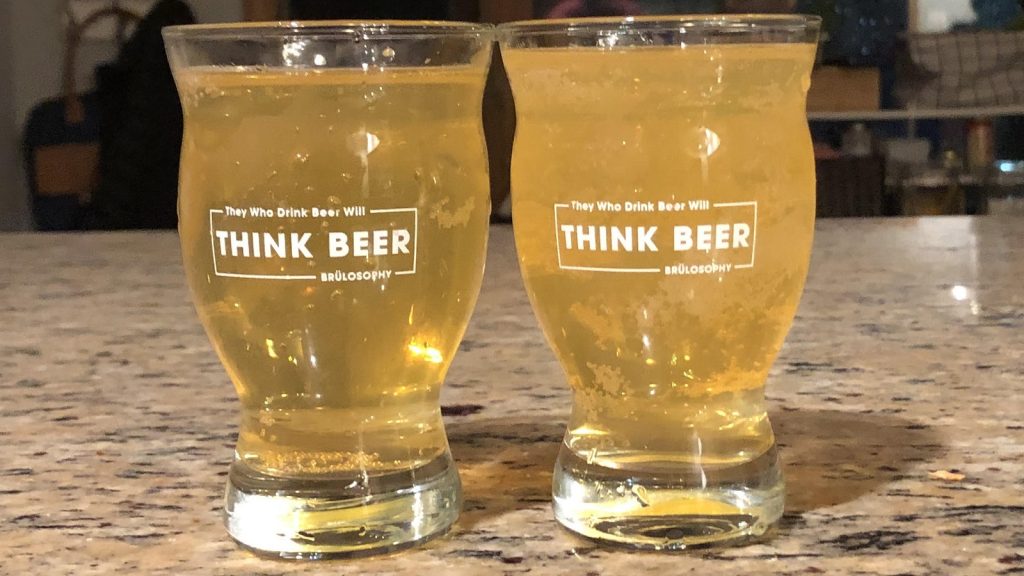
| RESULTS |
A total of 24 people of varying levels of experience participated in this xBmt. Each participant was served 2 samples of the underpitched cider and 1 sample of the standard pitch rate cider in different colored opaque cups then asked to identify the unique sample. While 13 tasters (p<0.05) would have had to accurately identify the unique sample in order to reach statistical significance, just 5 did (p=0.94), indicating participants in this xBmt were unable to reliably distinguish a cider that was underpitched with yeast from one pitched with nearly twice as much of yeast.
My Impressions: Out of the 5 semi-blind triangle tests I attempted, I correctly identified the unique sample 4 times. I perceived the underpitched cider has having a subtly sweeter aroma and flavor, and while I enjoyed both, I had a slight preference for the standard pitch rate version.
| DISCUSSION |
As important as it is to brewers, yeast pitch rate seems to receive quite a bit less attention when it comes to cider making, and the purported impact of underpitching is arguably less dire – a slightly sweeter finished product with nary a mention of off-flavors. Interestingly, tasters in this xBmt were unable to reliably distinguish a cider pitched with approximately 97 billion cells from one pitched with a predicted 193 billion cells.
While these ciders were unquestionably pitched with rather drastically different amounts of yeast, it’s difficult to truly determine whether either was under- or overpitched, as relatively little information exists pertaining to yeast pitch rate when making cider. It’s possible cider has different pitch rate requirements compared to wort, leading to both batches being either under- or overpitched. Or perhaps my use of a starter, which I opted for given the age of the yeast, served as a sort of equalizer that minimized the impact of pitch rate.
Despite the results from numerous past xBmts showing tasters struggle to tell apart beers pitched with varying amounts of yeast, I still see value in pitching viable yeast, though I’ve been curious of the impact underpitching has on cider. Curiously, while tasters were grossly unable to differentiate these ciders, I could fairly readily taste a difference, with the underpitched back being slightly more sweet than the one pitched with more yeast. Still, both were great ciders, and for future batches of cider, I’ll continue pitching a single pouch of fairly fresh yeast with much worry about pitch rate.
If you have any thoughts about this xBmt, please do not hesitate to share in the comments section below!
Support Brülosophy In Style!
All designs are available in various colors and sizes on Amazon!
Follow Brülosophy on:
FACEBOOK | TWITTER | INSTAGRAM
If you enjoy this stuff and feel compelled to support Brulosophy.com, please check out the Support page for details on how you can very easily do so. Thanks!


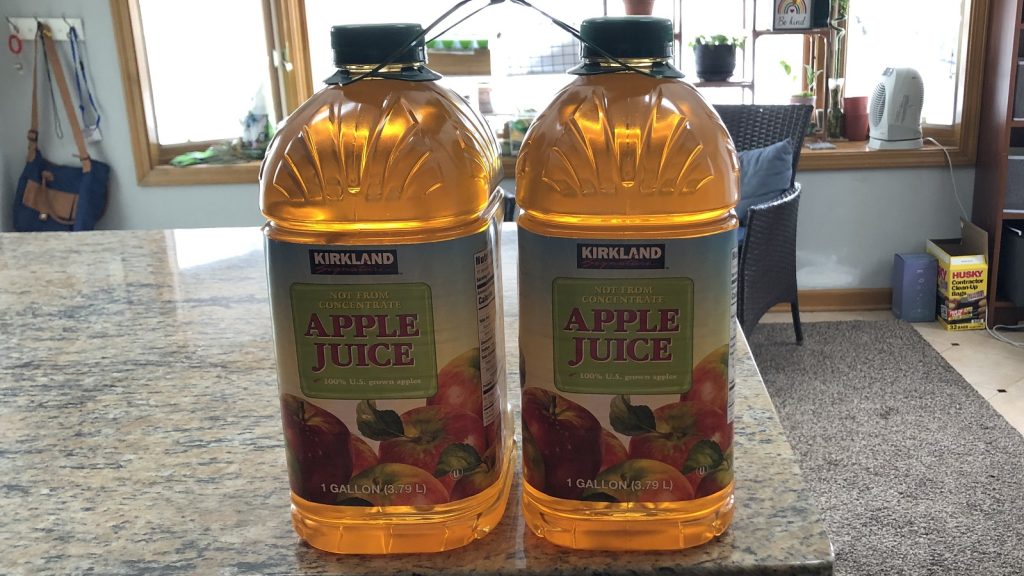
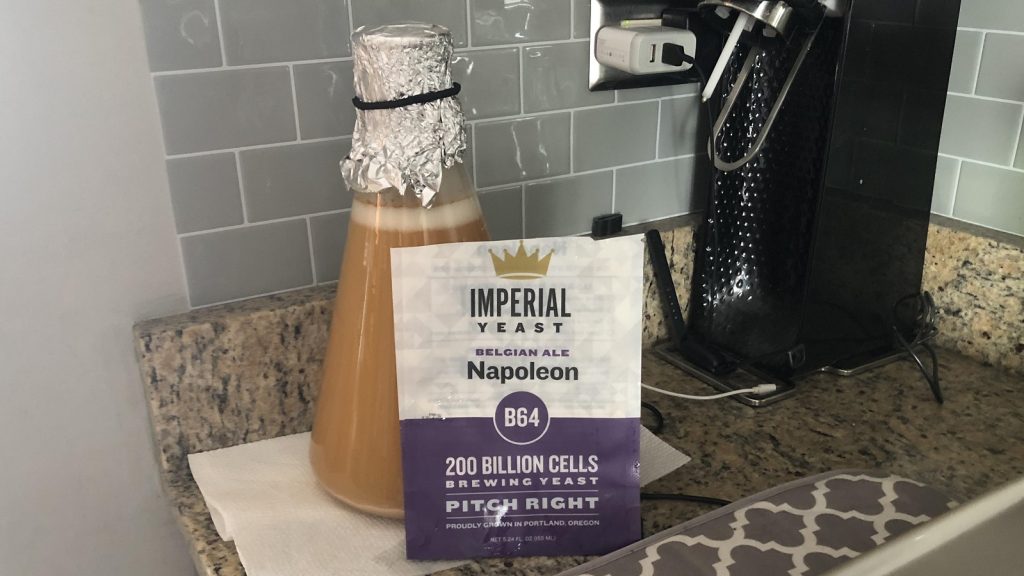
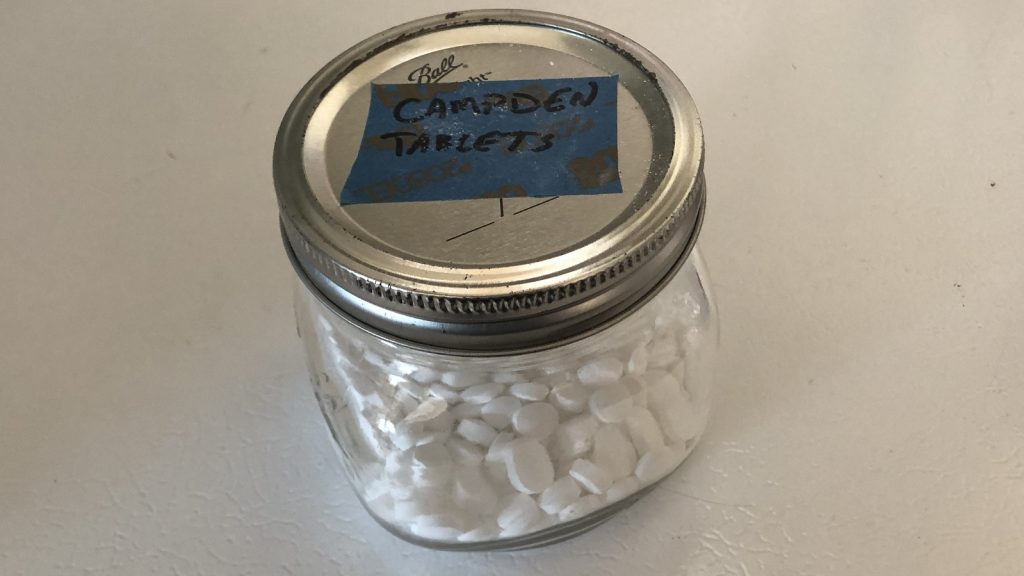
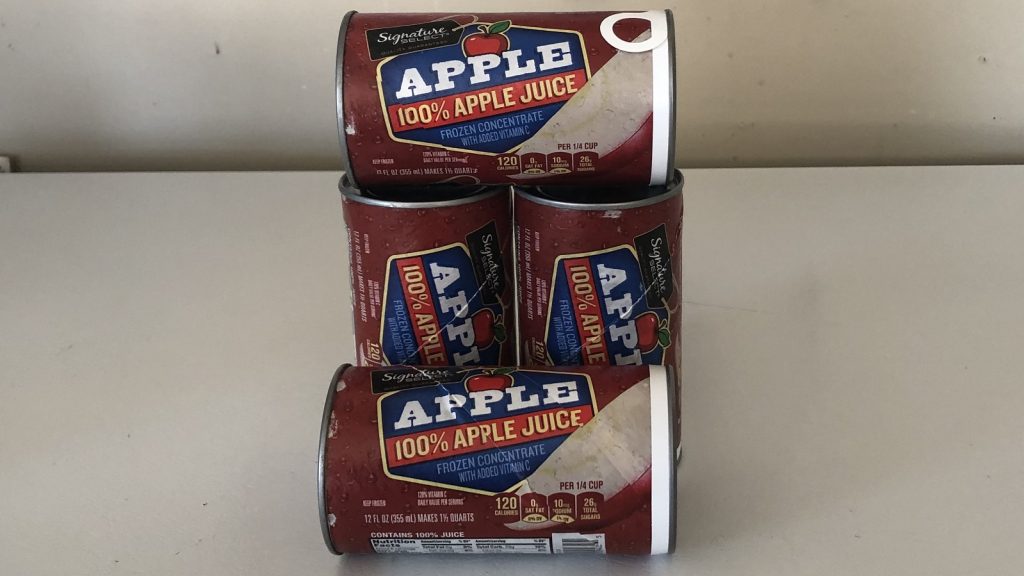











3 thoughts on “exBEERiment | Yeast Pitch Rate: Impact Underpitching Has On A Hard Cider”
Interesting that both batches stopped at 1.014. You’d think with Napoleon being a diastaticus strain and the rather simple sugars of cider it would finish a lot drier then that.
Aaron,
Yeah, I’m surprised by the final gravity readings as well. I gave this cider a month to ferment too.
I’m also surprised by the FG, especially since I use the same costco apple juice all the time. And I wonder if the backsweetening helped to cover up any differences. I wouldn’t have even bothered backsweetening with that FG.